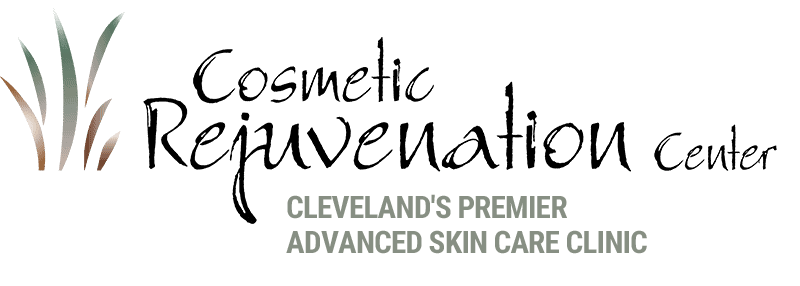Understanding the Difference Between Botox and Dysport
Botox and Dysport are two popular treatments used to reduce the appearance of wrinkles and fine lines, providing a more youthful and refreshed look. Although they serve similar purposes, there are key differences between the two that can influence which treatment might be best for you. In this article, we will explore what Botox and Dysport are, how they work, their differences, and how to choose the right one for your needs.
What is Botox?
Botox, short for Botulinum Toxin Type A, is a neurotoxin produced by the bacterium Clostridium botulinum. It is widely used in cosmetic procedures to reduce the appearance of facial wrinkles and lines. Botox works by temporarily paralyzing the muscles that cause these wrinkles, resulting in smoother skin.
Uses of Botox:
- Cosmetic: Botox is primarily used to treat dynamic wrinkles, which are caused by muscle movement. Common treatment areas include forehead lines, crow’s feet (lines around the eyes), and frown lines (between the eyebrows).
- Medical: Apart from its cosmetic applications, Botox is also used to treat various medical conditions such as chronic migraines, excessive sweating (hyperhidrosis), overactive bladder, and muscle spasms.
Ingredients of Botox:
- Active Ingredient: Botulinum Toxin Type A
- Other Ingredients: Human albumin and sodium chloride
How Botox Works:
Botox works by blocking the nerve signals that cause muscles to contract. When injected into specific facial muscles, it temporarily relaxes them, which softens the appearance of wrinkles and fine lines. The effects of Botox typically last between 3 to 6 months, after which the treatment needs to be repeated to maintain the results.
What is Dysport?
Dysport is another form of Botulinum Toxin Type A, similar to Botox, but with some differences in formulation and diffusion. Dysport is also used to reduce the appearance of wrinkles and fine lines by temporarily relaxing the muscles that cause them.
Uses of Dysport:
- Cosmetic: Like Botox, Dysport is used to treat dynamic wrinkles, particularly those in the upper face, such as forehead lines, crow’s feet, and glabellar lines (the vertical lines between the eyebrows).
- Medical: Dysport is also used for certain medical conditions, such as cervical dystonia (a neurological disorder causing neck muscle contractions) and upper limb spasticity.
Ingredients of Dysport:
- Active Ingredient: Botulinum Toxin Type A
- Other Ingredients: Human albumin and lactose
How Dysport Works:
Dysport works similarly to Botox by blocking nerve signals to the muscles, causing temporary muscle relaxation. This reduces the appearance of wrinkles and fine lines. The effects of Dysport generally last around 3 to 4 months, after which the treatment needs to be repeated to maintain the results.
Key Differences Between Botox and Dysport
While Botox and Dysport are both Botulinum Toxin Type A products used to reduce wrinkles, there are several differences between the two:
- Formulation:
- Botox: Contains a higher concentration of the neurotoxin in each vial.
- Dysport: Has a different formulation, which affects how it spreads after injection.
- Diffusion and Spread:
- Botox: Has less diffusion from the injection site, which can be beneficial for treating smaller areas or areas requiring precise application.
- Dysport: Tends to spread more from the injection site, which can be advantageous for treating larger areas with fewer injections.
- Onset of Results:
- Botox: Results typically become noticeable within 3 to 5 days after treatment.
- Dysport: Results may appear faster, often within 2 to 3 days.
- Duration of Effect:
- Botox: Effects last about 3 to 6 months.
- Dysport: Effects last about 3 to 4 months.
- Units and Dosing:
- Botox and Dysport: The units of Botox and Dysport are not interchangeable, as they are measured differently. Generally, Dysport requires more units to achieve the same effect as Botox.
Choosing Between Botox and Dysport
Deciding between Botox and Dysport depends on various factors, including your specific needs, preferences, and the areas you wish to treat. Here are some considerations to help you make an informed choice:
- Treatment Area:
- If you are targeting smaller, more precise areas, Botox might be the better option due to its limited diffusion.
- For larger areas, Dysport’s broader spread may be more efficient, requiring fewer injections.
- Desired Onset of Results:
- If you prefer faster results, Dysport may be the better choice as it tends to show effects sooner than Botox.
- Duration of Results:
- While both treatments offer temporary results, Botox generally lasts a bit longer than Dysport. If you prefer fewer treatments, Botox might be more suitable.
- Consultation with a Professional:
- It is essential to consult with a qualified healthcare provider who can assess your specific needs and recommend the most appropriate treatment. They can also explain the differences in dosing and help you understand what to expect from each treatment.
In conclusion, both Botox and Dysport are effective treatments for reducing wrinkles and fine lines, with each having its unique advantages. Understanding their differences can help you make an informed decision about which treatment is right for you. Always seek professional advice to ensure you receive the best care tailored to your individual needs.
